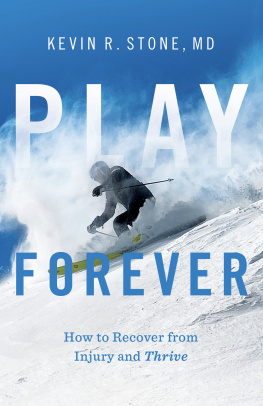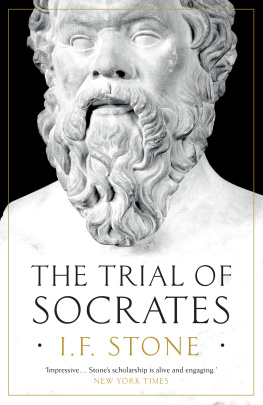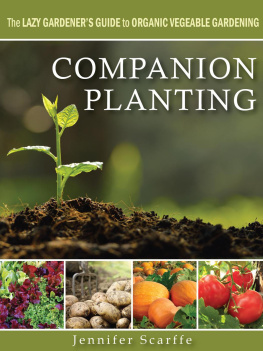Introduction
Many people today are seeing the issue of pest control in a different way to previous generations.
Many people are concerned about the use of chemicals to irradicate pests, especially where children or pets are concerned, and are turning to natural solutions to solve this age old problem.
Chemical pesticides have been linked with Alzheimer's, cancer, fertility issues and many more health problems. So- called safe levels still put chemicals in your anatomy, placing you at risk many years from now, and many poisons designed to control pests can cause immediate harm if consumed by children or pets.
This book has been designed to help you make informed decisions on how to deal with pests.
Of course, prevention is better then cure which is why have written this book; it deals with how to detect pests and how to prevent infestations from occurring in the first place. Every aspect of this complex issue from how to detect pests around your property to how to remove pesticides from your non-organic produce is covered.
I believe that pests are not a naturally occurring problem, everything in nature is finely balanced and it is only when humans try to improve nature, trying to solve problems that they disturb this balance and end up causing more problems in the long term then they solve in the short term. This is why, where possible, people need to find organic solutions and work with nature rather then against it.
Dr John Stone
DISCLAIMER
Notice: The user of this information assumes all risks for personal injury or property damage.
Warning! All manner of pest control involves some level of risk to person or property, please use common sense and the best safety procedures when implementing any instructions found in this book.
Pesticides and traps can be harmful. Read and follow all directions and safety precautions on labels. Handle carefully and store in original labelled containers out of the reach of children, pets, and livestock. Dispose of empty containers right away, in a safe manner and place. Do not contaminate forests, streams or ponds.
Contents
Chapter 1
The 11 Main Invasive Pests In The Home
Rats
Rats are medium sized rodents which can be mistaken for mice. The easiest way to distinguish the difference between a rat and a mouse is to note that the rat is the larger of the two. The two most harmful species to humans are the brown rat and the black rat. In many areas rats can be a deadly and destructive pest.

The fleas that a rat carries can transmit many diseases; the most well known instance of this being the bubonic plague which killed up to 25 million people in Europe in the Middle Ages. Rats are usually very intelligent and shy rodents that can make their presence difficult to detect. Places around the house to look for the presence of rat activity are behind walls, in roof cavities around garbage cans and around pipes.
Mice
Smaller then rats, mice can adapt to almost any environment. Mice can spread disease via their excrement and fleas.

Mice are prolific breeders and if not controlled or eradicated can quickly invade a home causing expensive damage Places around the house to look for the presence of mouse activity are in roof cavities, behind walls around garbage cans and around pipes.
Fleas
Fleas are wingless, parasitic insects that can live within the fur or hair of most living mammals including humans, feeding off their blood.

As well as causing itching and painful bites, because fleas are blood suckers, they can spread disease especially when they migrate from one victim to another.
Fleas flourish under ideal conditions such as a dog's back and breed at alarming rates.
Flea infestations of many animals can easily be detected as the animal will usually try to remove fleas by scratching or biting themselves.
House Flies

The common house fly vomits on its food in order to break the food down into particles small enough for it to digest. This, and the fact that flies constantly deposit faeces means that they can spread many diseases such as typhoid and dysentery.
Ants
Ants form colonies which range in size from a few hundred large ants living in tree hollows to large colonies that consist of millions of small ants.

While generally ants don't pose much of a problem, in some instances they can become a problem by raiding food (which can spread disease to humans), damaging crops and damaging indoor structures.
Cockroaches
Cockroaches are among the most common household pests.

They can feed on both human and pet food and can leave an unpleasant odour. Cockroaches have been linked to human allergies and they can passively carry microbes which can be harmful to both humans and pets if deposited on food and then consumed.
Spiders
Many types of spiders are harmless and may be of benefit around the home as they feed on other insects can therefore can help control insects such as flies and mosquitoes.

Some can pose a danger as they are venomous and the webs they create can be unsightly.
Also, many people have a phobia of them and their presence can cause panic.
Termites
Termites mainly feed on cellulose or plant fibre. In the wood or forests this is not a problem, however they can do a great deal of damage to unprotected wooden structures.

Because they remain concealed their presence usually is not detected until the structure has been badly compromised. Once termites have invaded a house they often don't only damage the timber structure but will also damage paper and cloth materials.
Bed bugs
Bedbugs are insects that feed on blood. Bed bugs prefer warmer climates and like to hide in but are not limited to soft furnishings.

Bed bug bites can cause a few adverse health problems including allergic symptoms and skin rashes.
Mosquitoes
Mosquitoes are a family of small fly-like insects. A few species are of no harm and some are even useful to humans, most are considered potentially dangerous as they feed on blood mainly from mammals including humans.





























